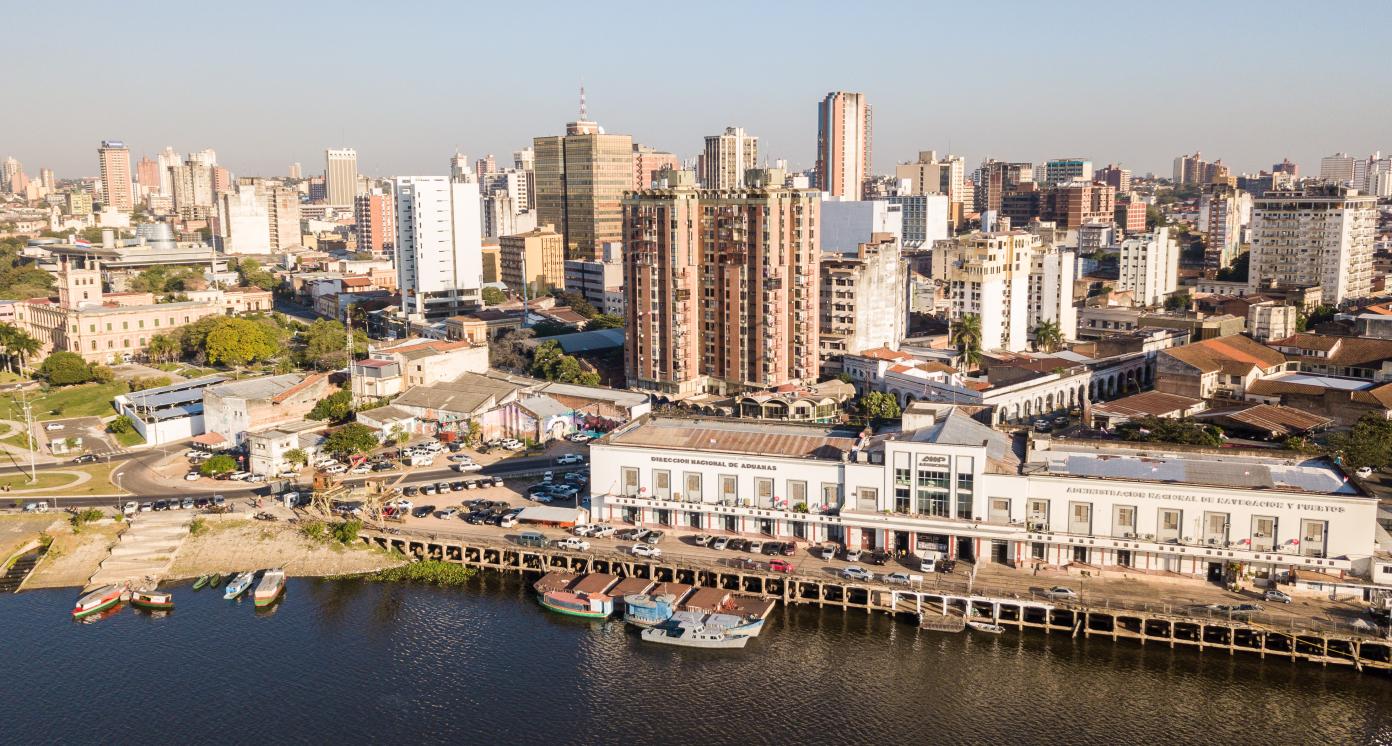The COVID-19 outbreak hits the Paraguay economy in a moment of economic recovery after growth had stalled in 2019. The economy was in a recession in the first half of 2019 (-3% year-on-year) due to weak performance of the main trading partners, especially Argentina, and adverse climatic conditions, but started to recover in the second half of the year (+3% year-on-year) as agriculture output rebounded along with favorable weather. Similarly, in the labor market, after the combined unemployment and underemployment rate reached 14.5% in the first half of 2019, it retracted to 12.9% in the second half of the year. With a weaker economy and inflation close to the lower band of the target range (4 +/- 2%), the Central Bank of Paraguay (BCP) moved to a more accommodative stance, consistent with the inflation objective. During 2019, the BCP lowered the policy rate by a cumulative 125 bps to 4%. In February 2020, the inflation rate was 2.4% year-on-year. The flexible exchange rate regime continued to cushion external shocks.
Paraguay has a solid macroeconomic framework based on fiscal rules, inflation targeting, and a flexible exchange rate regime. With the track-record of prudent macroeconomic policy over the last decade, low public debt and adequate FX reserves, the macroeconomic policies and crisis response measures are expected to be effective in absorbing a part of the COVID-19 shock. However, Paraguay is vulnerable to the domestic economic slowdown resulting from measures to contain the COVID-19 outbreak and its effects (social distancing, fiscal responses), as well as a steep reduction in economic activity in the global economy, and in neighboring countries. This will compound other, “pre-existing” economic risks and could disproportionally affect labor incomes of the 65% of informal workers in commerce and services. While the banking sector of Paraguay has a minimal exposure to Argentina, the real sector linkages through exports and remittances are stronger. Moreover, the concentration of exports in a few agricultural products continues to render growth and poverty vulnerable to fluctuations in agriculture commodity markets and to weather-related shocks.
26



Infrastructure, Food and Beverage, Financials
0.728
How is this information gathered?
SDG Investor Maps employ an 8-step methodology, combining data research and stakeholder consultations to identify Investment Opportunity Areas (IOAs) and potential business models with significant financial and impact potential.
Disclaimer
UNDP, the Private Finance for the SDGs, and their affiliates (collectively “UNDP”) do not seek or solicit investment for programmes, projects, or opportunities described on this site (collectively “Programmes”) or any other Programmes, and nothing on this page should constitute a solicitation for investment. The actors listed on this site are not partners of UNDP, and their inclusion should not be construed as an endorsement or recommendation by UNDP for any relationship or investment.
The descriptions on this page are provided for informational purposes only. Only companies and enterprises that appear under the case study tab have been validated and vetted through UNDP programmes such as the Growth Stage Impact Ventures (GSIV), Business Call to Action (BCtA), or through other UN agencies. Even then, under no circumstances should their appearance on this website be construed as an endorsement for any relationship or investment. UNDP assumes no liability for investment losses directly or indirectly resulting from recommendations made, implied, or inferred by its research. Likewise, UNDP assumes no claim to investment gains directly or indirectly resulting from trading profits, investment management, or advisory fees obtained by following investment recommendations made, implied, or inferred by its research.
Investment involves risk, and all investments should be made with the supervision of a professional investment manager or advisor. The materials on the website are not an offer to sell or a solicitation of an offer to buy any investment, security, or commodity, nor shall any security be offered or sold to any person, in any jurisdiction in which such offer would be unlawful under the securities laws of such jurisdiction.



















